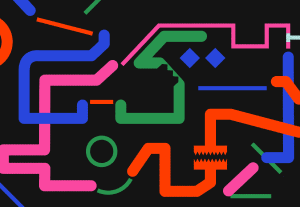- Customer Experience, Design, Design Theory, Usability, UX Education, UX Magazine, UX World Changing Ideas
To survive in a world of change, stop designing for the best-case scenario
Article by Jesse Weaver
Resilience Is the Design Imperative of the 21st Century
- In a world of “move fast and break things”, time rarely allows for designers to go back and improve beyond the golden path/happy path.
- The author believes that we have to change the way we think about everything we create and suggests ways we can do that:
- Design for resilience
- Design for the edge cases
- Make your design future-focused
- Things that prevent us from doing so:
- Distributed systems and interoperability
- Proprietary products
- Centralization
- Breaking away from fragile design requires a shift in thinking, which means spending more time considering less-than-optimal scenarios and putting in the effort to address them.
Share:Resilience Is the Design Imperative of the 21st Century
Share this link
- August 17, 2022
10 min read







